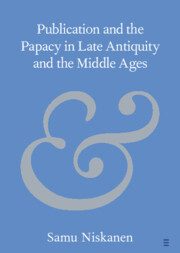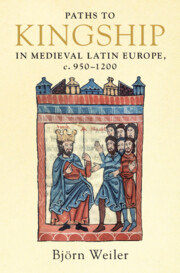Gerberga of Saxony, the sister of Otto I of Germany and wife of Louis IV of France, receives frequent scholarly mention in relation to a treatise by Adso of Montier-en-Der circa 950–954. The topic of this short work, presented as a letter to Gerberga in answer to a question she posed to the monk, was the life of the Antichrist, that fearful servant of Satan who would appear before Christ's Second Coming, lead whole nations into damnable error, and kill many who would not apostatize before being defeated by Jesus himself at his return. The treatise eventually become the foundation of centuries of Christian apocalyptic thought. But despite her prominence in the letter, Gerberga has received no sustained examination by historians regarding her interest and promotion of apocalyptic thought beyond being a recipient of Adso's letter. At most, scholars tend to see Gerberga as if through the eyes of Adso, that is, as a nervous queen anxious to be reassured that a universal evil is not hiding just around the corner. Such views—wholly unintentional but nevertheless present—do her a great disservice and misunderstand the motivations of both Gerberga and Adso present in the letter, as well as Gerberga's younger, apocalyptically minded in-law, the empress Adelaide. This essay examines Gerberga's life not simply as it relates to Adso's work but in relation to the very personal, family-driven politics of both East and West Francia in the tenth century. When placed in her proper context, we find Gerberga was not merely a passive recipient of apocalyptic ideas for a brief period in the early 950s but was an active patron whose interest shaped imperial politics for generations.



